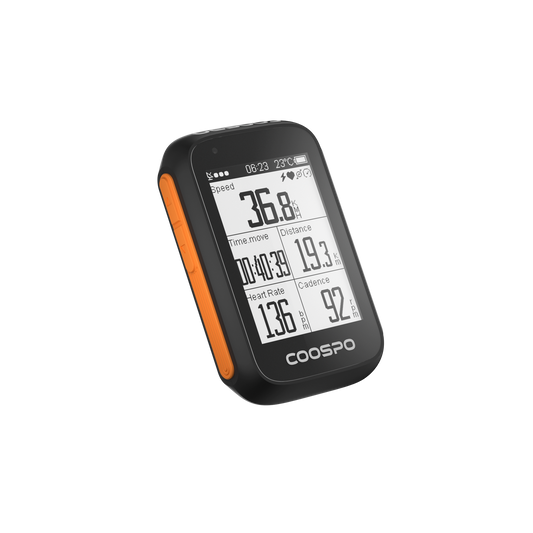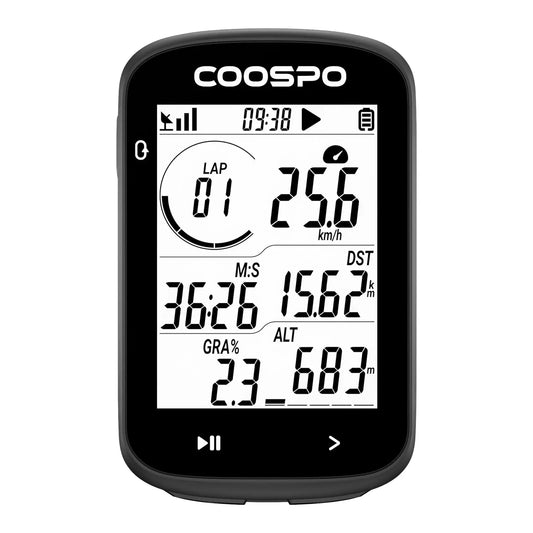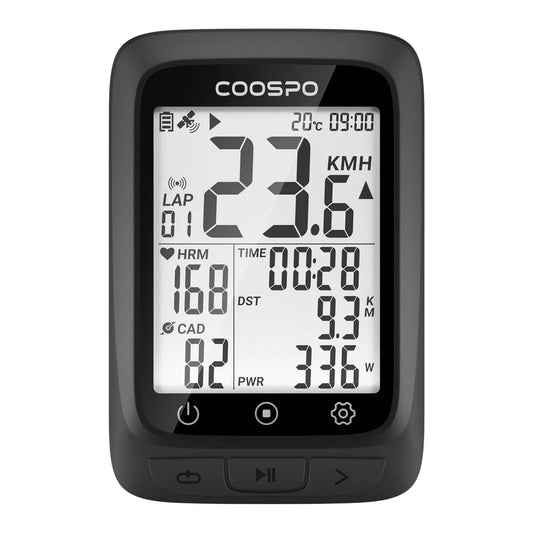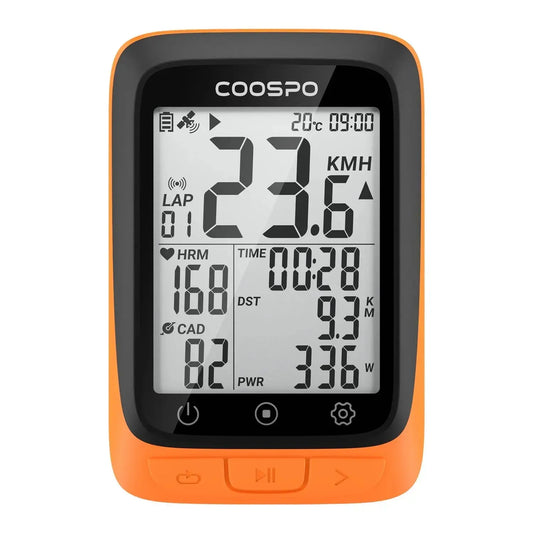Everything You Need to Know About Running a Marathon
Running a marathon is one of the most iconic and challenging feats of endurance. For countless runners out there, reaching the finish line of a marathon is the ultimate running goal. There’s nothing quite like competing in a marathon – from the cheering crowds of spectators on the sidelines to the droves of runners on the field testing their physical and mental toughness, participating in a marathon is truly an unforgettable experience.

For many, a marathon is more than just a race—it's a life-changing experience. People have different reasons to run: some want to beat a personal record, some aim to qualify for a famous race, others run to raise money for charity, and some simply want to finish the race. Marathons bring together individuals from all backgrounds, all hoping to cross the finish line and earn their medals.
If you’ve been wondering how long a marathon is, how to get ready for one, or have other questions about running this distance, you’re in the right place. In this guide, we’ll cover everything you need to know about marathons and share some helpful tips to help you prepare for your race.
How Long is a Marathon Exactly?
The popular story about the marathon comes from Greek mythology. It says that a Greek messenger named Pheidippedes ran about 40 kilometers from Marathon to Athens to share the news of a Greek victory in battle. To honor this run, the first Olympic marathon in 1896 was set at 40 km, which is just under 25 miles.
Since then, the marathon has developed into the official 26.2-mile race that many people love today. To help understand that distance, it's the same as running 105.5 laps around a regular 400-meter outdoor track.
This standard distance was established in 1908 during the London Olympic Games, when the course was extended so the race could start at Windsor Castle and finish in front of the royal box at the Olympic stadium. That extra 385 yards became the official marathon distance.
Even though every marathon is the same distance, each one gives a different and special experience. It's a tough challenge for everyone, no matter how fit you are, but that's also what makes completing a marathon so rewarding.
Why Are Marathons So Popular?
In recent years, more and more people have started running to improve their health and fitness. This activity not only helps with physical fitness but also allows people to connect with others who enjoy running. Additionally, running is a great way to get outside and appreciate the beauty of nature.
Marathons have grown immensely in popularity over the last few decades. According to a report by RunRepeat in collaboration with the International Association of Athletics Federations (IAAF), participation in long-distance races has grown steadily, with millions of people running marathons worldwide each year.
So why are marathons becoming such a popular distance?
When you ask any runner why they chose to sign up for a marathon, you'll probably hear them talk about the amazing feeling they get when they finish, the great running communities at different races, and all the good things that come from training and completing the race.
Benefits
Improve your physical fitness
Training for a marathon helps you strengthen your heart, increase muscle endurance, and create a regular workout habit. Research from the Journal of the American College of Cardiology shows that marathon training can improve blood vessel health and lower the risk of heart problems, even for people who are running their first marathon.
Gain mental health benefits

Running is known to be good for mental health, and training for a marathon makes those benefits even stronger. It can help reduce feelings of anxiety and depression, boost your mood by releasing endorphins, and lead to better sleep. Following a marathon training plan also gives you a sense of control and purpose.
Build a community and support system
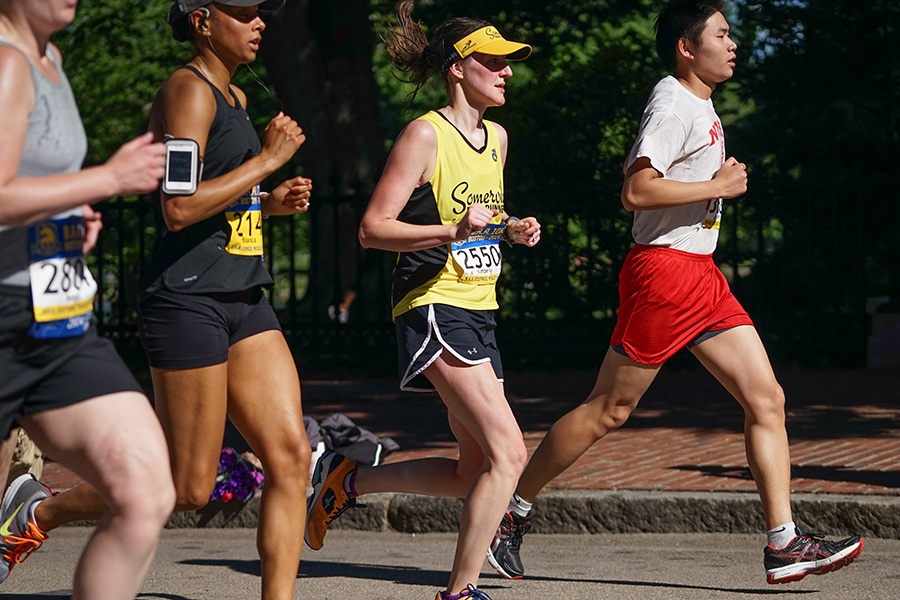
Dealing with challenges alone can be tough. Luckily, when you train for marathons and run, you can easily connect with others. You’ll meet new friends and find fellow runners who share your goals. By joining local races or chatting with other runners, you’ll discover a strong sense of community and support to help you reach the finish line.
Increase your self-confidence and feeling of accomplishment
Crossing the finish line after 26.2 miles is a profound moment. It proves you can commit to a long-term goal, overcome obstacles, and persist through discomfort. That feeling of accomplishment can boost confidence not only in running but in other areas of life.
Running coach Hal Higdon says, “The marathon is more than just a race; it’s a metaphor for the challenges we face in life. Training for and completing one proves you’re capable of doing hard things.”
What is the Average Marathon Time?
Marathon times vary widely based on age, gender, and experience. According to Marathon Handbook, the average marathon finish time worldwide is around 4 hours and 30 minutes.
Men average between 4:15–4:30
Women average between 4:45–5:00
Elite runners, however, can finish in just over 2 hours. For instance, Eliud Kipchoge set the official marathon world record in 2022 with a time of 2:01:09 in Berlin.
Most races have a generous cutoff time—often between 6 to 8 hours—allowing walkers and slower runners to participate and complete the course at their own pace.
Marathon Tips and Tricks
Start small
If you’re new to long-distance running, don’t start with marathon training right away. Instead, build a strong foundation by running 5Ks or 10Ks. These shorter races will help you get used to training and what it’s like on race day. You can think of half marathons as a good next step.
Leave plenty of training time
Most marathon training plans last about 16 to 20 weeks and involve running 3 to 5 times each week. If you're just starting out, it's a good idea to give yourself at least 4 to 6 months to get ready. At first, focus on running regularly rather than trying to run fast. The main aim is to slowly increase the distance you run to avoid getting hurt and to build your endurance.
Get the right gear

Get a good pair of running shoes that fit your feet and running style—consider going to a special store for a gait check. Wear moisture-wicking clothes, use anti-chafe creams, and maybe get a running watch or a heart rate monitor. Having the right nutrition gear, like hydration belts or energy gels, will also make your training better.
Incorporate stretching and strength work
Running by itself isn’t enough. Doing strength training helps you run better and avoid injuries. Aim to strengthen your core, glutes, and legs 2–3 times a week. Also, do dynamic stretches before your runs and static stretches afterward to stay flexible and reduce soreness.
Find a running community
Joining a running group can make training more enjoyable and keep you accountable. Many local running stores offer weekly group runs. Online forums, social media groups, and running apps like Strava also offer community features.
You’ll gain valuable tips, encouragement, and a sense of belonging, which can be especially motivating during tough training weeks.
With these tips, you can stay healthy and motivated during your marathon training. After you follow these steps and set your marathon goal, you'll have everything needed for a successful race day.




